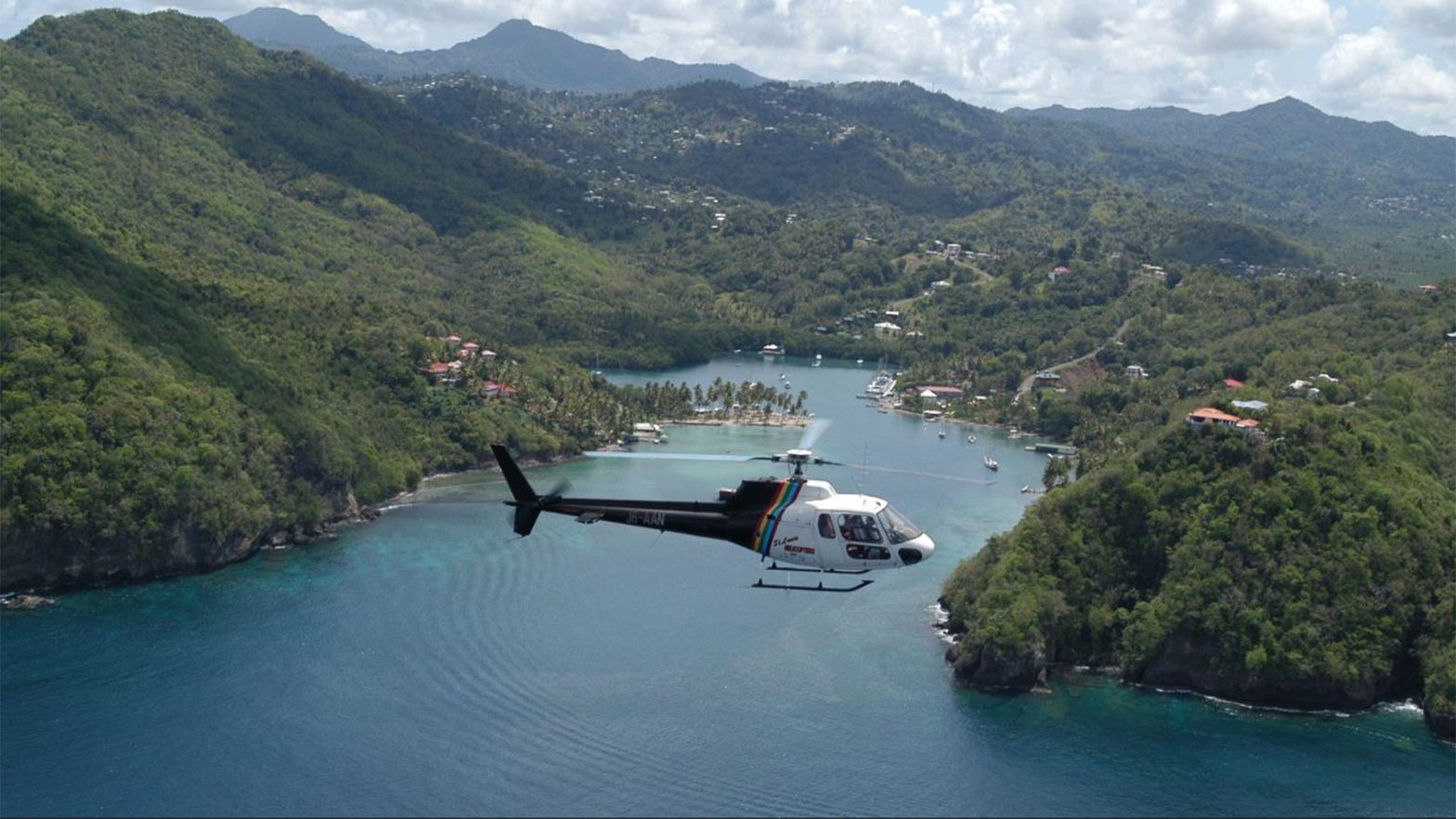Asia’s rapid urbanization, characterized by the emergence of megacities, poses unique challenges and opportunities. Over half of the world’s largest cities are in Asia, a region that is home to 12 megacities as of 2015, with its urban population surpassing the rural one by 2022. This urban growth is a significant factor in the region’s economic landscape, with Asian cities contributing to over 80% of the GDP in many countries. Megacities are adopting innovative urban planning for sustainable development, efficient infrastructure, and equitable living.
Economic Impact, and the Role of Asian Cities
The landscape of Asian urbanization, including the process of selling property in Singapore, is characterized by its scale and speed. The region’s urban expansion not only signifies a shift in demographics but also has profound economic implications. Cities in Asia and the Pacific are pivotal to their national economies, generating approximately 60% of the GDP from just 600 cities. This economic significance underscores the need for innovative urban planning strategies to manage growth effectively, balance development, and ensure sustainability.
The region’s future prosperity relies heavily on efficient urban centers. By 2030, urban areas in India are projected to generate 70% of new jobs and GDP. The ADB predicts Delhi’s economy may surpass Malaysia’s, highlighting the growing significance of second-tier cities. While megacities’ contribution to global GDP is expected to decrease slightly, second-tier cities, especially in developing countries, are poised to contribute around 50%, indicating a shift in economic power.
Asia’s Urban Challenges: Strain Under Growth
The economic growth of Asian cities has uplifted millions from poverty, yet rapid expansion presents daunting challenges. With an expected influx of 1.1 billion people in the next two decades, urban slum populations could rise to nearly 700 million by 2015. Issues such as environmental degradation, traffic congestion, and inadequate infrastructure plague these cities, alongside scarcity of basic services like water supply and waste management. The key challenge is to sustain growth while creating sustainable, livable cities. This demands a monumental shift from current chaos, pollution, and inequality to future cities that are competitive, green, and inclusive.
Innovative Solutions for Sustainable Urban Development
Urban Mobility and Energy Efficiency
ADB prioritizes urban mobility as crucial for development, offering vital access to jobs, education, healthcare, and markets. Promoting low-cost solutions like Bus Rapid Transit (BRT) systems extends quality public transport to more cities, exemplified by the ADB-backed BRT system and cycleway in Lanzhou, China. ADB also finances public transport and pedestrian networks in various Asian cities.
In the Philippines, ADB focuses on transforming public transport with electric vehicles, particularly e-trikes, aiming to replace 100,000 combustion engine tricycles and motorcycles over five years. This shift reduces environmental impact, noise, and tailpipe emissions, with the added benefit of charging during off-peak hours.
To address the region’s anticipated energy consumption surge, ADB supports transformative renewable energy projects, crucial for transitioning to low-carbon growth. Urban energy efficiency interventions, particularly in buildings and industries, can significantly enhance energy security. ADB suggests investments in public buildings, industries, and municipal lighting to improve energy efficiency and reduce consumption. In the Philippines, ADB funds projects enhancing demand-side energy efficiency, including lighting retrofits in government buildings and installing 9 million compact fluorescent lamps (CFL) in private homes, leading to reduced production costs, decreased oil imports, and mitigated emissions of harmful pollutants.Environmental Initiatives
In Bhopal, India, ADB’s project improved water access for 5.3 million and sanitation for 500,000, with solid waste management for 4.7 million. Six pumping stations at Upper Lake were rehabilitated, enhancing water quality and reducing pollution. ADB focuses on assessing vulnerabilities and supporting flood prediction systems. In Vietnam, ADB collaborated on sanitation improvement, benefiting coastal towns and enhancing living conditions. The Sanitation Financing Partnership Trust Fund, by ADB and the Gates Foundation, supports innovative sanitation solutions in Asia.
Waste Management and Urban Resilience
In the People’s Republic of China, ADB supports innovative solutions to municipal solid waste challenges. In 2009, ADB entered into a private sector agreement, lending up to US$200 million to China Everbright International Limited Company. This funding is for developing waste-to-energy (WTE) plants in over 20 secondary cities across the country. These plants have significantly increased the annual municipal waste processing capacity to more than 8 million tonnes. In 2012, these WTE plants generated over 1,300 million kWh of green electricity, substantially reducing carbon emissions.
ADB’s approach to integrated urban planning is evident in its project in Bharatpur, Nepal. This initiative aims to improve the city’s environment while making it more climate-resilient, thereby attracting residents and reducing congestion in the capital city of Kathmandu. This spreads economic development more evenly across the country.
The ADB project in Bharatpur has enhanced municipal planning and upgraded infrastructure for water supply, drainage, and sanitation. It also supported the municipal government in transforming the city’s riverside into a green space. This includes a cement embankment that protects residential land from erosion and provides accessible steps to the river, safeguarding against landslides while making the city more livable.
Conclusion
In conclusion, the innovative urban planning solutions being implemented in Asian megacities, such as the development of zion road residences in Singapore, represent a critical step towards addressing the complex challenges posed by rapid urbanization. These initiatives, encompassing sustainable infrastructure development, efficient resource management, and equitable urban policies, are not just transforming the physical landscape of these cities but are also enhancing the quality of life for millions of residents. Projects like Toa Payoh Lorong 1 Condo exemplify how thoughtful urban planning can contribute to the overall vibrancy and sustainability of a city. As Asia continues to evolve into an urban-dominated region, the success of these megacities in pioneering innovative and sustainable urban strategies will be instrumental in shaping a resilient and prosperous future for the entire region. This journey of urban transformation in Asian megacities offers valuable lessons and inspirations for global urban development, highlighting the importance of adaptability, collaboration, and forward-thinking in the face of rapid urban growth.












































